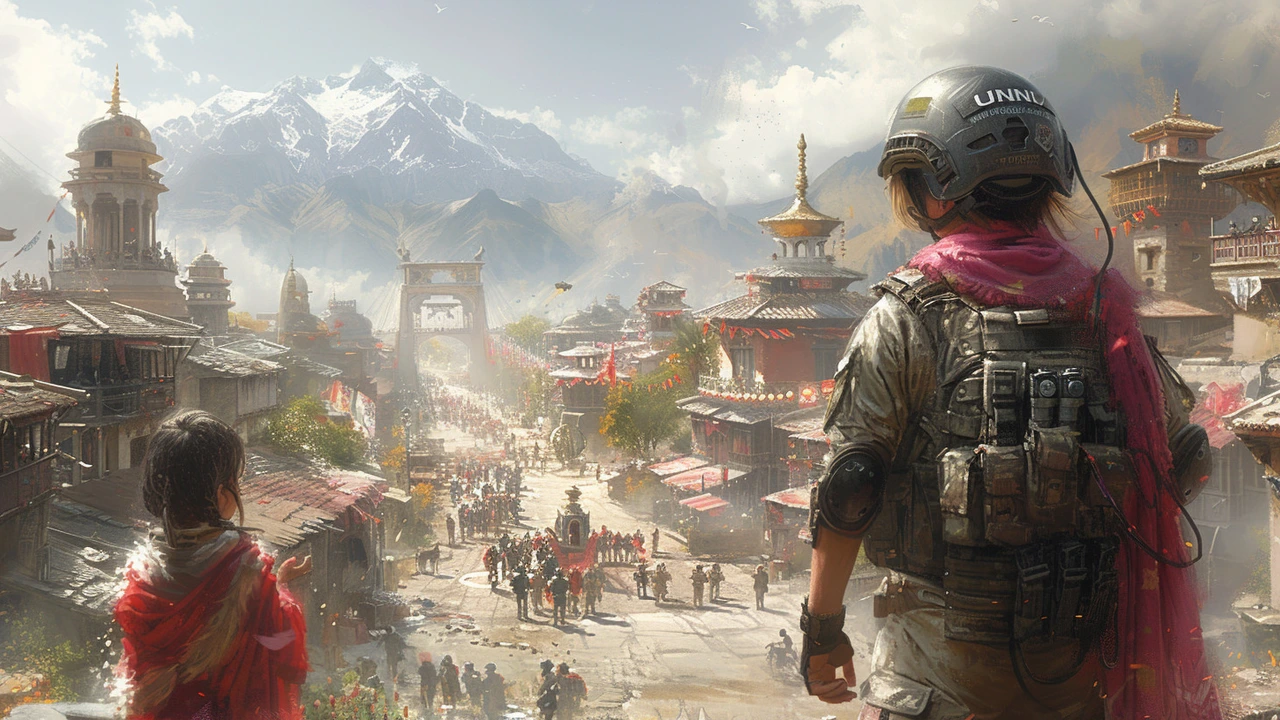Welcome to the Journey tag — a place where the path of peacekeeping comes alive. Here you'll find first-person tales, mission breakdowns, and practical ideas for anyone curious about how peace is made and kept. Expect stories from the field, policy insights, and clear takeaways you can use to understand or explain peacekeeping work.
Every mission has a beginning, a turning point, and lessons that matter to people on the ground and in policy rooms. Reading a peacekeeper's personal account shows the day-to-day choices that shape outcomes. Policy pieces, like reflections on Canada-U.S. relations or the work of political scientists, show how long-term decisions affect those same missions. Together, these views explain how small actions and big strategies connect.
If you're new to this topic, start with human stories. They show how peacekeeping protects civilians, supports elections, or helps rebuild schools and clinics. If you know the basics, dig into strategy posts that cover rules of engagement, technology use, and community development. Each article here aims to link real moments to practical ideas.
One clear lesson: relationships matter more than force. Peacekeepers succeed when they earn trust with local leaders, aid groups, and civilians. Articles in this tag explain how trust is built—through listening, steady presence, and clear, consistent support for local institutions.
Another lesson: flexibility saves lives. Missions evolve as threats and politics change. The posts here show how teams adapt tactics, shift patrols, and use new tools like drones or mobile reporting to protect people better. You’ll read about setbacks too—how misunderstandings or weak logistics can stall progress—and what fixed them.
Community development shows a different side of the journey. When peacekeepers support schools, local courts, or healthcare, they help turn security into lasting stability. Articles linked under this tag offer concrete examples of programs that worked and why—so you can spot repeatable ideas.
Policy and scholarship matter as well. Pieces on figures like Denis Stairs show how academic work shapes policy choices that later guide missions. If you care about how rules and funding get set, those reads make the link between classroom ideas and field reality.
Want practical next steps? Read a human story, then a strategy piece, then a policy analysis. That combo gives you context, tactics, and the big-picture forces that shape outcomes. Use the search bar to filter by keywords like "human rights," "community development," or "mission strategy" to find what matters most to you.
Curious for more? Browse posts on this page for accounts, how-to insights, and long-reads that map the full journey of peacekeeping—from conflict zones to rebuilt communities. Ask questions, follow authors, and share pieces that resonate. You're now part of the journey to understand and support peacekeeping in practical ways.

As a passionate blogger, I'm thrilled to share my insights on the brave journey of peacekeeping. This post dives deep into the selflessness, dedication, and courage that define the lives of peacekeepers around the globe. I'm sure you'll find stories of their sacrifices and commitment inspiring. Let's appreciate their tireless efforts and understand the human side of peacekeeping. Stick around for an informative and inspiring reading journey.
